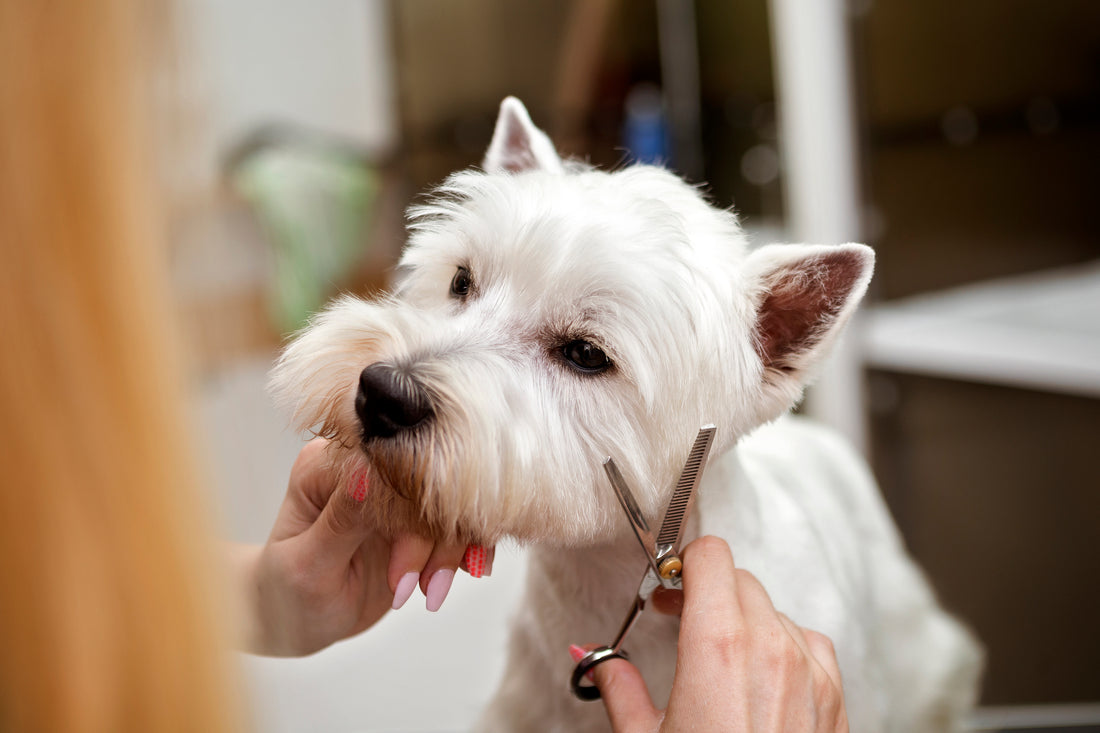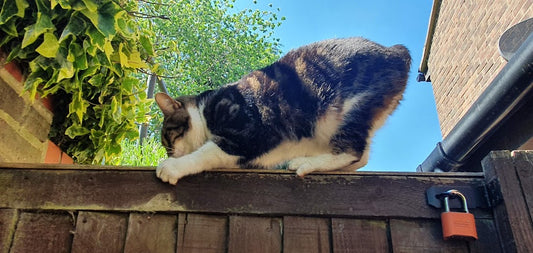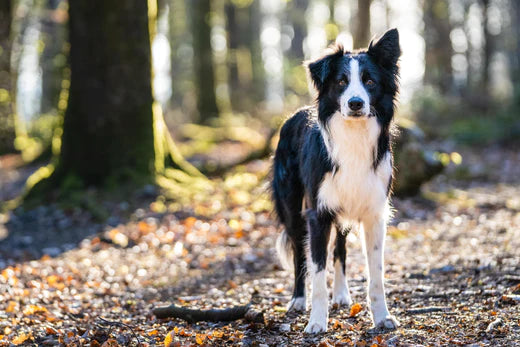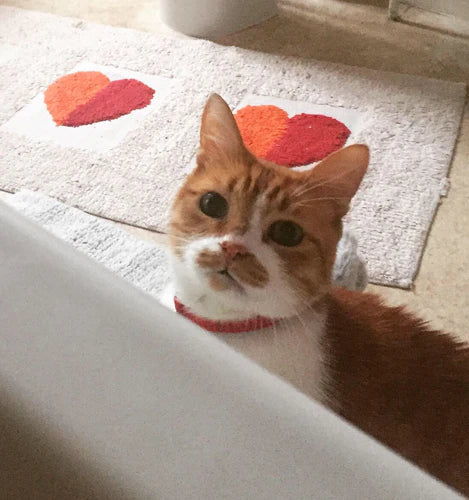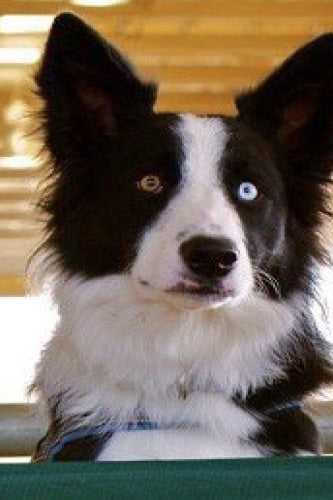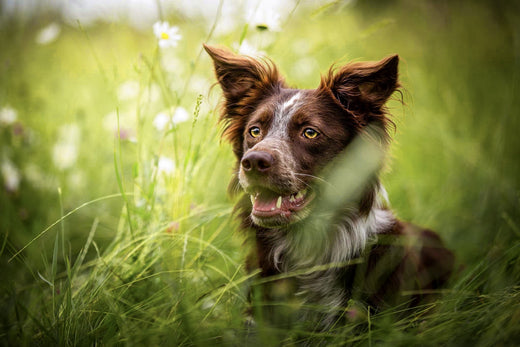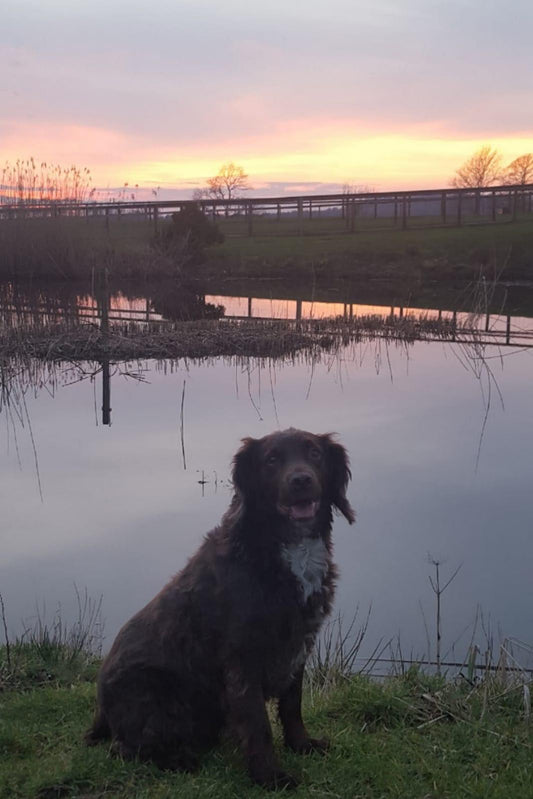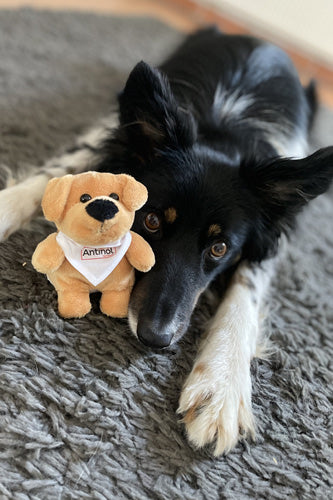A dog's fur is more than just an aesthetic feature; it's crucial to their overall health. From protecting their skin to regulating body temperature, a dog's coat serves multiple purposes. To keep your pup’s tail wagging and feeling fabulous, it's important to understand the different types of dog fur and how to properly care for their skin and coat.
Let’s dive into the secrets of different fur types and discover how to keep your canine companion’s coat in tip-top condition. Because a well-groomed dog is a happy dog!

Secrets of Dog Fur: A Guide to Different Coat Types
Short Coats: Easy and Efficient
Short-coated dogs, such as Beagles, Boxers, and Dalmatians, have sleek fur that lies close to their bodies. These dogs are relatively low-maintenance, but regular grooming is still important to manage shedding and distribute natural oils evenly. A quick brush once a week can help keep their coat in excellent condition.
Medium Coats: Balanced Beauty
Dogs with medium-length coats, like Golden Retrievers, Border Collies, and Cocker Spaniels, have denser fur that requires more attention. These dogs need more frequent grooming to prevent matting and manage shedding. Brushing two to three times a week helps maintain the health of their coat and can also serve as a bonding activity between you and your dog.
Long Coats: Luxurious but Labor-Intensive
Long-haired breeds such as Shih Tzus, Afghan Hounds, and Maltese are renowned for their stunning, flowing coats. However, these dogs require regular grooming to prevent tangles and matting, which can lead to skin irritations. Daily brushing is often necessary to maintain their coat's health and appearance. Regular grooming also helps minimise matting, a common issue in long-haired dogs.
Hairless and Low-Shedding Breeds: Special Skin Care
Breeds like the Xoloitzcuintli (Mexican Hairless) and Chinese Crested have little to no hair, requiring special skin care. Their skin can become dry and prone to irritation without regular moisturising and protection from the sun. Regular baths are typically needed to maintain skin health and prevent buildup. Additionally, these dogs need protection from extreme temperatures due to their lack of a natural fur barrier.
Double Coat: Protective Layers
Double-coated breeds, such as Huskies, German Shepherds, and Labradors, have a dense undercoat beneath a longer topcoat. This type of fur provides excellent insulation and protection.
Double-coated dogs shed seasonally, often referred to as "blowing coat." During shedding season, daily brushing with an undercoat rake or de-shedding tool helps remove loose fur and prevents matting. Outside of shedding season, a weekly brush is recommended.
The Types of Dog Fur Patterns: An Overview
Dog fur patterns are as diverse as the breeds themselves, each pattern adding to the unique character and charm of our canine companions. Here are some of the most common types of dog fur patterns:
- Solid
- Brindle
- Merle
- Spotted (Part-coloured)
- Saddle or Blanket
- Tuxedo
- Harlequin
- Tricolour
Tricolour patterns feature three distinct colours in the coat, typically black, white, and tan. The colours are usually arranged in specific areas: black on the back, white on the chest and legs, and tan markings on the face and above the eyes. This pattern is prevalent in breeds like the Beagle and the Bernese Mountain Dog.
Dog fur patterns are not just about aesthetics; they can also provide insights into a dog's genetics and health. Whether you're choosing a new pet or simply appreciating the beauty of dogs, it's always important to understand these canine patterns.

Conclusion: The Key to a Happy, Healthy Dog
Proper skin and coat care is a fundamental aspect of dog ownership. By understanding your dog's specific needs based on their fur type, you can provide tailored care that enhances their health and well-being. Regular grooming, a balanced diet, and routine vet visits will ensure your dog stays comfortable and happy.
For extra support, consider adding a dietary supplement like Antinol®, rich in Green-Lipped Mussel oil and omega fatty acids, to your dog’s routine. These can improve coat quality, making maintenance easier and more effective.
